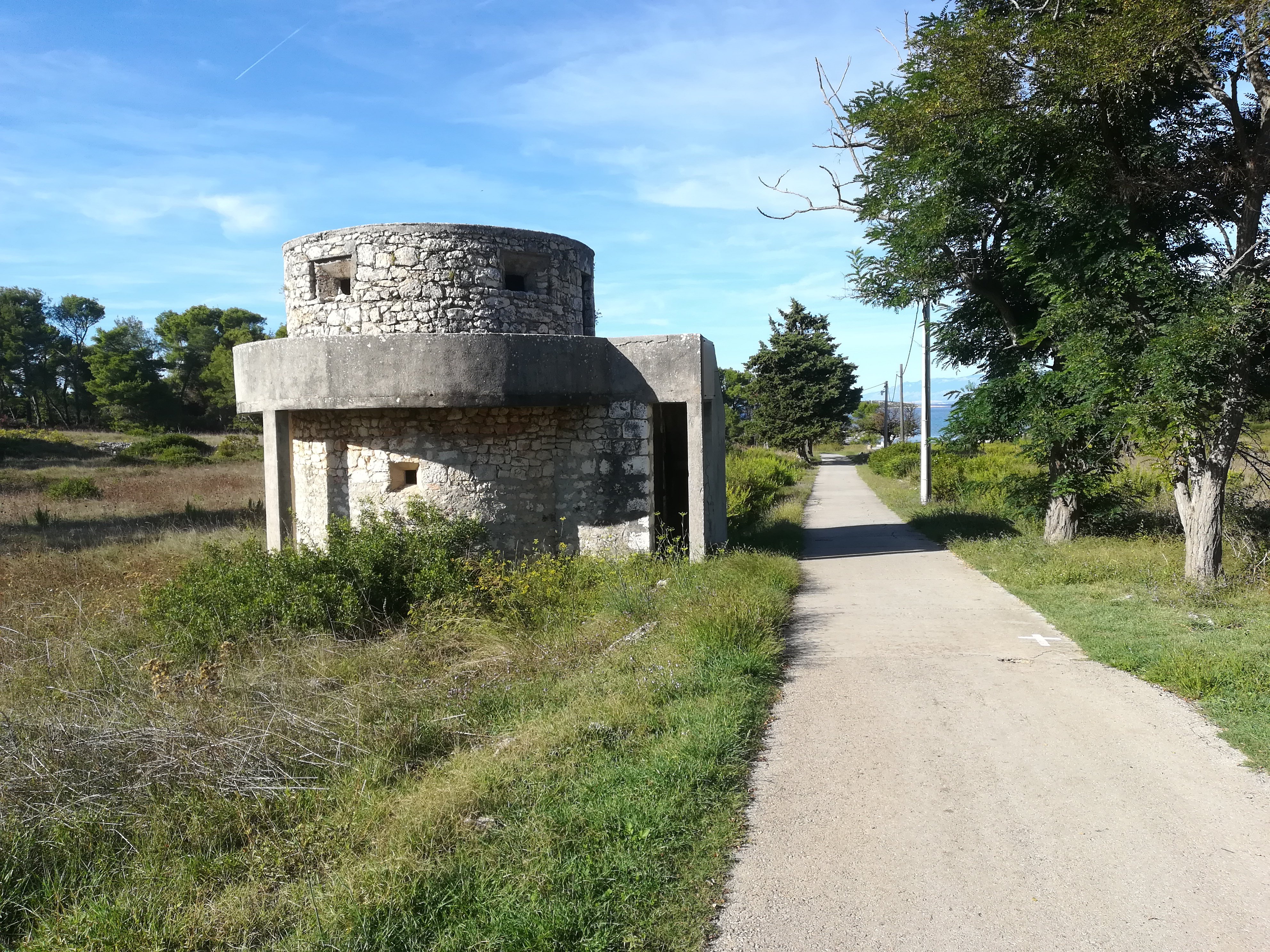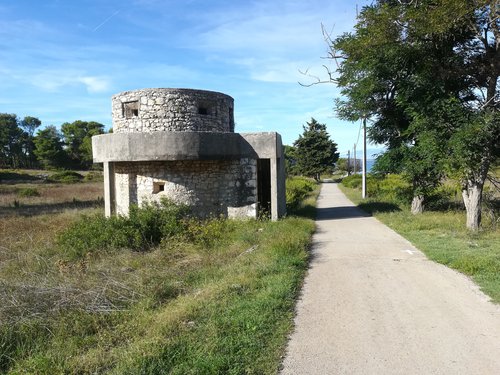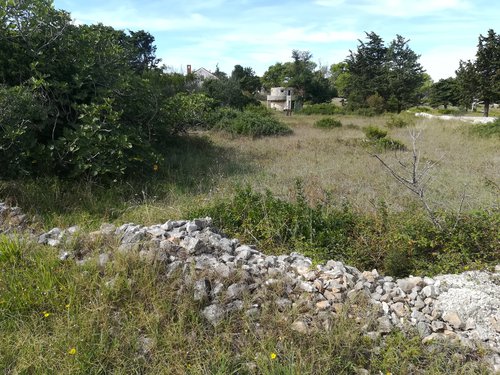BMO / Online campaign - Molat, Croatia

After the political and military breakdown of the Kingdom of Yugoslavia in April 1941, a significant part of Croat and Slovene ethnic territory fell under the rule of the occupying Italian fascists, and was annexed to the Kingdom of Italy.
The Italian fascists’ brutal conduct towards the Slovene and Croat population in the occupied and annexed territories tailed with Mussolini’s declared political principle of the unity of “race, people and state”. To “clear” the area and “protect” the population from the partisans, hostages are shot, houses burned, property taken, and the population driven out and interned in camps.
The Italian camps established in the annexed and occupied areas differed as to jurisdiction, the categories of people interned there, as well as the conditions prevailing in the camps.
The biggest concentration camps for Slovenes, Croats and Serbs (including women and children) were on the Lovran island (November 1941), Molat, near Zadar (June 1942), the island of Rab (July 1942) and Zlarin (March 1943). The inmates were treated with exceptional cruelty. Alongside the Molat camp, the Kampor camp on Rab also stood out by the number of victims and the inhuman conditions the inmates, among them many women with children, had to endure, becoming a symbol of Italian terror and the suffering of Slovenes and Croats during World War II.
Today it is our duty to do everything we can to preserve the victims of Italian fascist camps and their suffering in the memory of our generation and the generations to come.
THE MOLAT CONCENTRATION CAMP
Established on June 27, 1942 in Jaza, a bay which provided a convenient mooring place for vessels carrying inmates. The camp was administered by the Civil Governerate of Dalmatia, based in Zadar. It was surrounded by wire, with five concrete bunkers for the guards. Leonardo Fantoli was the Commander of the Camp, performing the duty until January 1943, when he was replaced by Carlo Sommer. The first group of 223 inmates arrived on Molat on June 29, 1942. At first they were housed in tents, and later in wooden shacks. As the camp quickly became overpopulated (with around 2,500 people in quarters meant to house only 1,200), some of the inmates were transferred to camps in Italy proper. A November 25, 1942 report by Camp Commander Leonardo Fantoli states that 442 inmates died in the camp between June 30 and November 25, 1942. According to other sources, around 1,000 people lost their lives in the camp, which earned it the epithets “the camp of death” and “the living graveyard”.
The Commander of the Carabinieri in Zadar reports to the Dalmatian Governor, that on July 29, 1942, a total of 35 men, 88 women, 55 children aged from 1-10 and 58 boys and girls aged 11-18, was transferred from Šibenik, Tribunj and Vodice to the Molat concentration camp, Zadar, July 30, 1942.
Source: Saopćenje o talijanskim zločinima protiv Jugoslavije i njenih naroda [Report on Italian crimes against Yugoslavia and its peoples], State Commission for determining the crimes of occupiers and their collaborators, Belgrade 1946, p. 97.


Text from the exhibition "Qui si parla italiano, qui si saluta romanamente", curated by Nataša Mataušić. The exhibition was supported by the European Union, through the Europe for Citizens programme.
Photos: Alice Straniero

